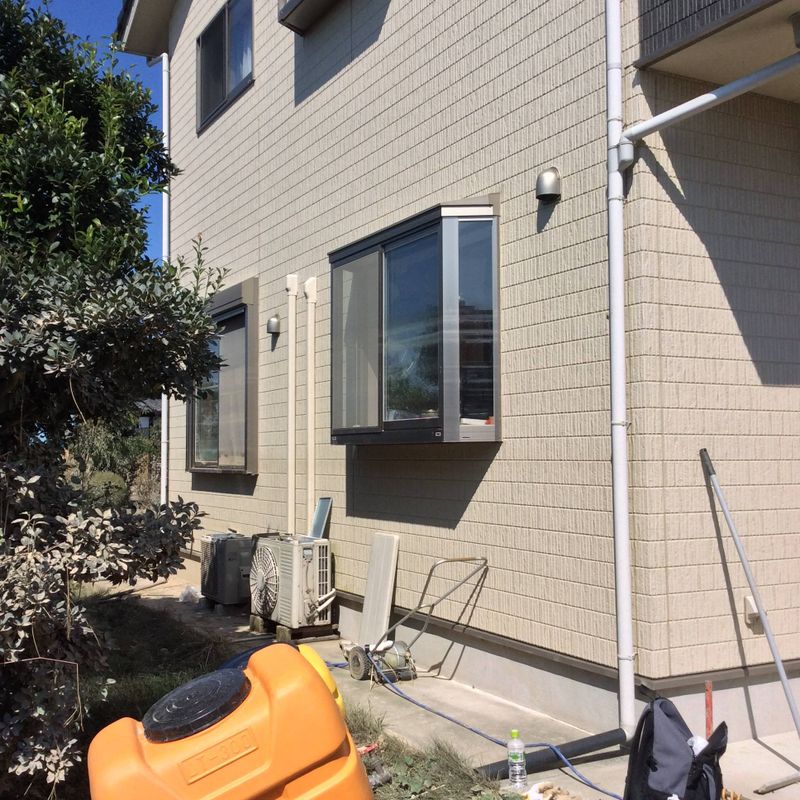Aug 22, 2022
How to Prepare for Typhoons

A Matsudo City street during 2015's Typhoon Etau
One of the most chilling moments in my 20 years of residence in Japan was being woken after midnight by our city’s 防災放送 bosai hoso system announcing that a dam on the upper reaches of the Tone River system was about to be opened. My partner had experienced the flood in Joso City when Typhoon Etau struck in 2015, and I had joined the cleanup task force in the weeks after. He looked at me and said, anybody in the flood’s path is already lost. Fortunately, at the last minute, the river crested, and the flushing was averted.

The water level on a Joso City house during the cleanup from Typhoon Etau flood
Typhoons are one of the perils of life in Japan. Some good news is that in 2022, due to the El Nina event, the forecast indicates that we should have lower than average typhoon activity in 2022. Still, you have to keep your wits about you during the typhoon season that spans May to October with the peak of activity in August and September.
Prepare your Home
The first thing you want to do is get everything inside that might fall over or blow away. I wrangle my bicycle into the genkan of my apartment when there is a major storm on the way. Bikes blow over easily and extracting them from the tangled aftermath can bend rims and damage cables.
The next thing is to ensure that there are no loose awnings, soffits, or siding on your building. My landlord rushed right over when I explained that a loose shingle got the wind under it and sounded like a giant kazoo. It was an easy repair and prevented water damage should the shingle come off.
Before you huddle inside to wait out the storm, plan your menu. While you can get prepared emergency food, I figure it’s best to just make sure you have a few days’ worth of dried or canned food and drinks. You’ll see that your local supermarket’s stock of cup ramen depletes fast as it’s comfort food that’s easy to fix. Maybe you have a portable gas ring as part of your winter cooking routine, so keep your cassette gas handy in case of power failures.
Then there are the windows. It’s easy enough to put packing tape on your windows but hard to get it off. I usually just collect some cardboard boxes from the supermarket and wedge them into the window frames. Single pane windows don’t always keep the rain out, so place towels on the sills.
A while ago, I told you about my bug-out bag, a backpack, and secondary bags of items that are easy to find at 100 yen shops. And a lot of the items you may already have on hand. It’s just a matter of assembling and packaging them in zip-top bags or waterproof containers.
Stay Tuned
In the event of a disaster, The Japan Times provides up-to-date information on its Disaster Information Portal. You might also want to check the flood situation in your local area. The Ministry of Land, Infrastructure, Traffic, and Tourism (MLIT) provides an information portal, too, which has a real-time river and flood map.
While I'm conversant in Japanese and can read, there is a lot of vocabulary for disasters that I don't use every day. So I made a Quizlet set for disaster-related vocabulary.
Be safe, wherever you are in Japan.



1 Comment
SalarymanJim
on Aug 25
We did the packing tape on the windows thing during Hagibis, I think it was. We had seen windows in the neighborhood with a kind of X marks the spot taped on them as the typhoon approached so we did likewise. I'm not sure if it served any purpose in the end and as you suggested, it was a real pain trying to get the tape off.